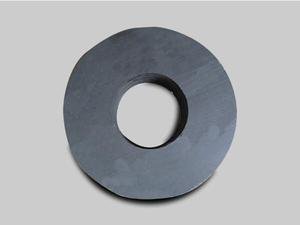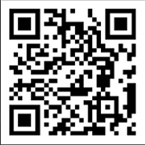What is the difference between dry and wet friction plates?
Publication Date:
2022-11-21
Regarding the classification of friction pads, they can be divided into two types: dry and wet. Due to different usage, there is a significant difference between dry and wet types. Many car owners are not aware of the differences between dry and wet friction pads. Therefore, the following will introduce the differences between dry and wet friction pads.
Regarding the classification of friction pads, they can be divided into dry and wet types. Due to different usage conditions, the differences between dry and wet types are significant. Many car owners do not understand the differences between dry and wet friction pads. So, below is an introduction to the differences between dry and wet friction pads.

First, wet types are used in oil, such as the brake pads and clutch plates used in some Russian automatic transmission clutches, which belong to this category, while dry types include manual transmission clutch plates.
Secondly, the materials used are different. Generally, average quality pads are made from stone ground or resin high-temperature pressing. For high-quality products, the composition is quite complex. Some use nano-materials like calcium carbonate and ceramics to replace traditional resin, and use carbonate-based fiber materials to replace asbestos.
Thirdly, the maximum torque and performance analysis of wet friction pads are mainly conducted by comparing the average torque with the designed rated resin, and analyzing their structure and principles. This allows the determination of their performance values.
The above is an introduction to some differences between dry and wet friction pads. Through these explanations, everyone can understand that different performance products are needed according to different usage environments.
COOKIES
Our website uses cookies and similar technologies to personalize the advertising shown to you and to help you get the best experience on our website. For more information, see our Privacy & Cookie Policy
COOKIES
Our website uses cookies and similar technologies to personalize the advertising shown to you and to help you get the best experience on our website. For more information, see our Privacy & Cookie Policy
These cookies are necessary for basic functions such as payment. Standard cookies cannot be turned off and do not store any of your information.
These cookies collect information, such as how many people are using our site or which pages are popular, to help us improve the customer experience. Turning these cookies off will mean we can't collect information to improve your experience.
These cookies enable the website to provide enhanced functionality and personalization. They may be set by us or by third-party providers whose services we have added to our pages. If you do not allow these cookies, some or all of these services may not function properly.
These cookies help us understand what you are interested in so that we can show you relevant advertising on other websites. Turning these cookies off will mean we are unable to show you any personalized advertising.
Hotline
Address: 240 meters west of the intersection of Tangxin Line and Jianhua Road, Qiantang District, Hangzhou, Zhejiang Province
Email:HRdjmc@hzdjfm.com

Copyright © Hangzhou Dongjiang Friction Materials Co., Ltd. All rights reserved. Powered by www.300.cn | Business Card

